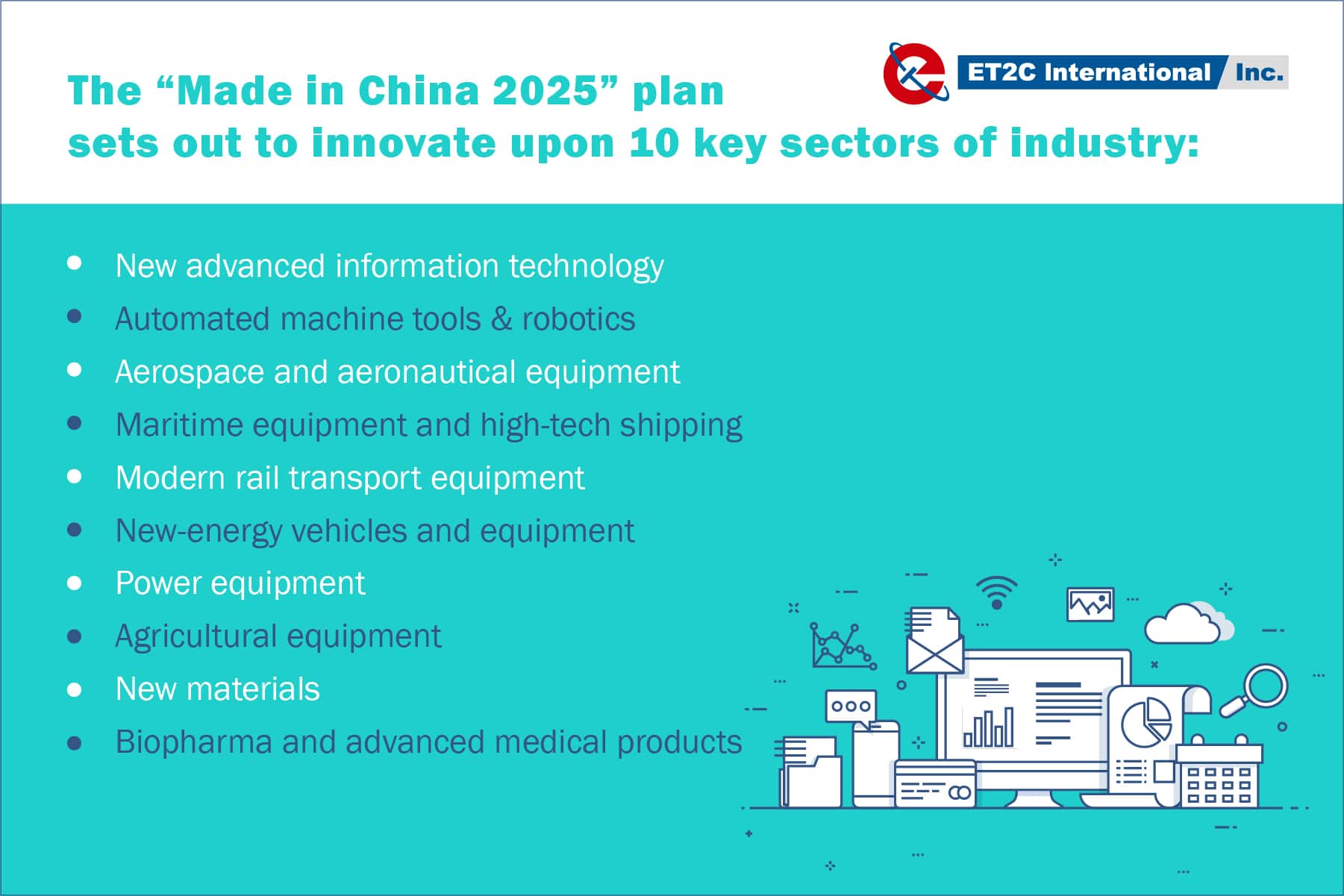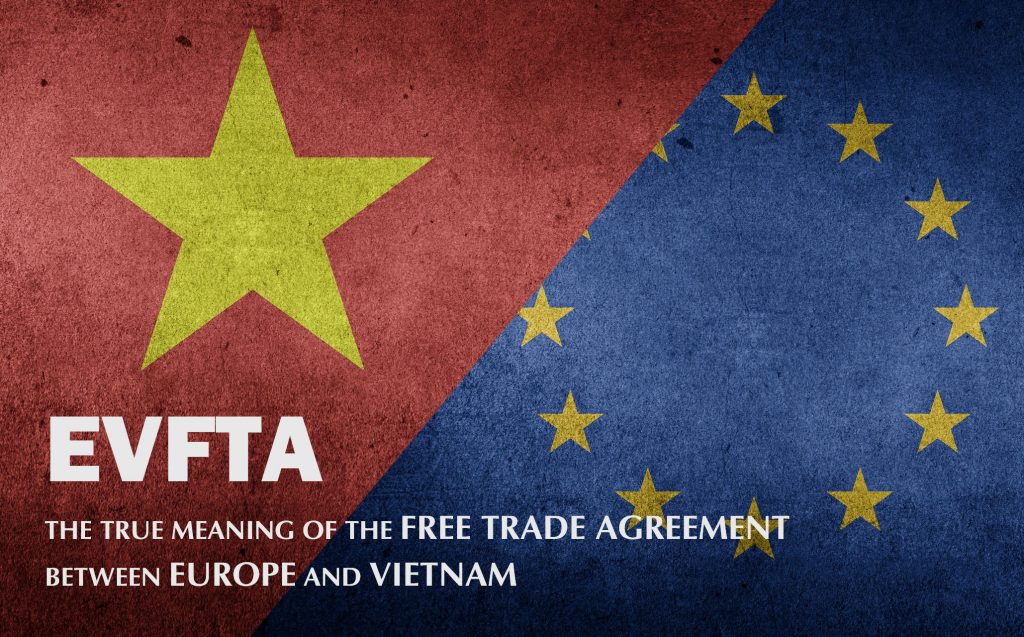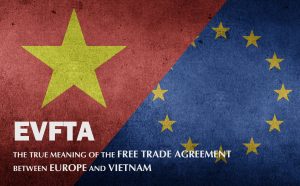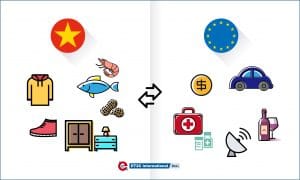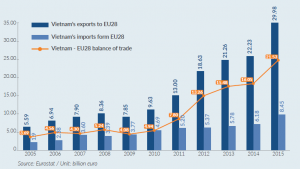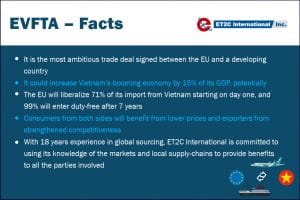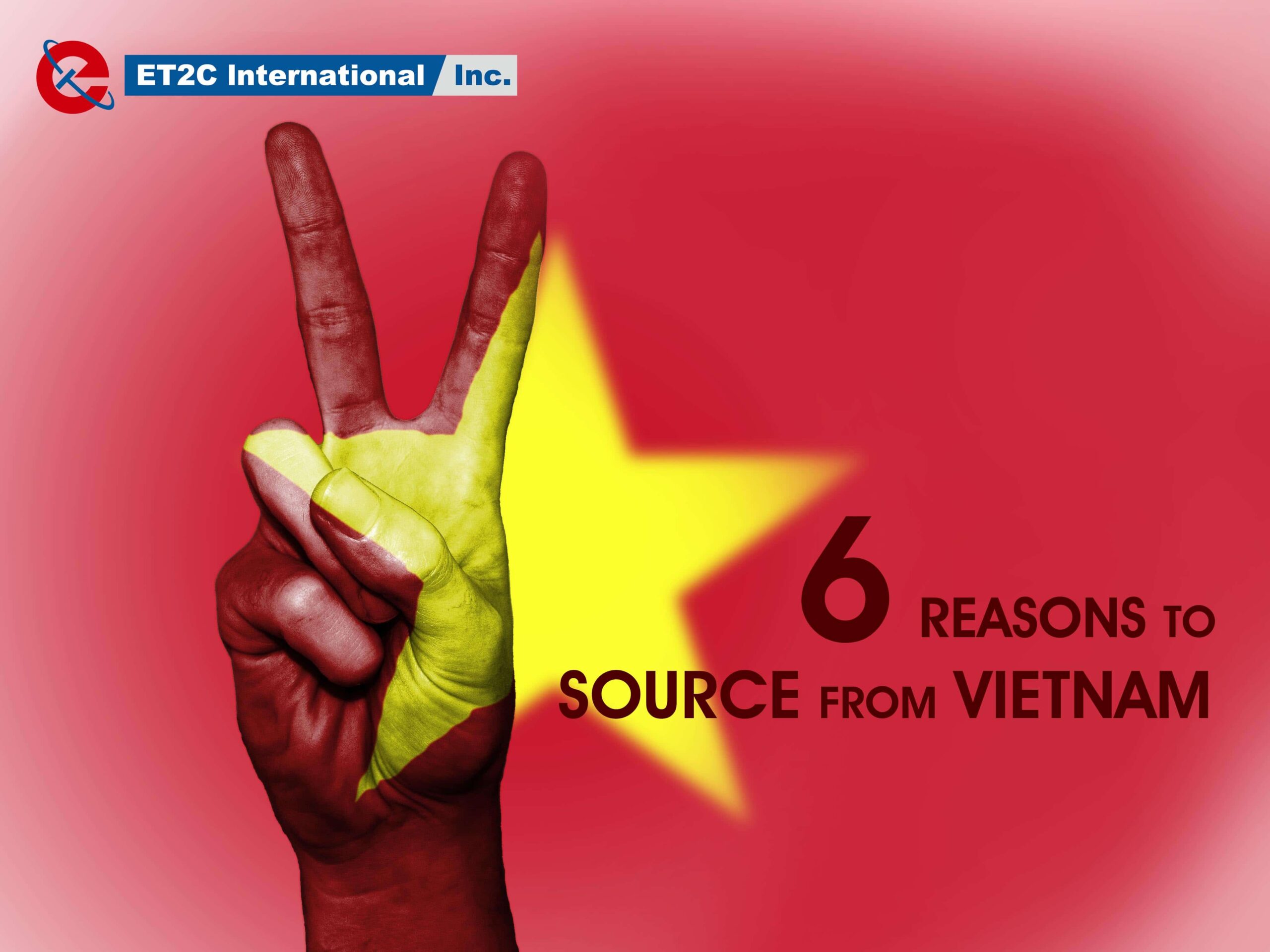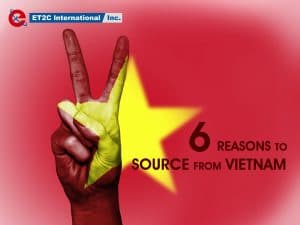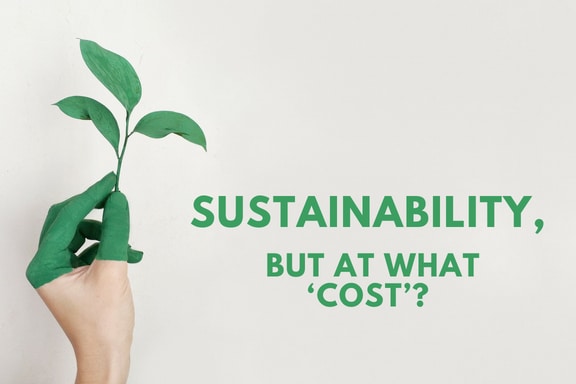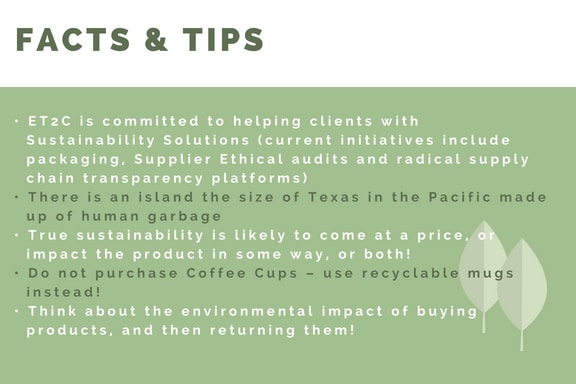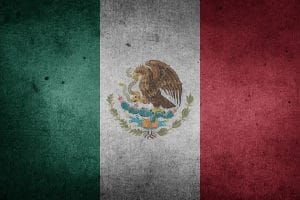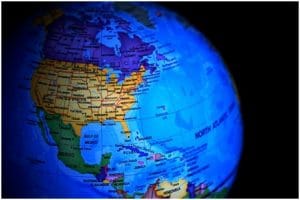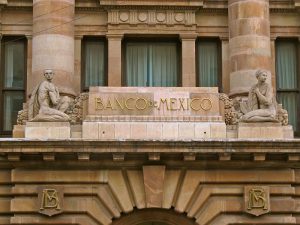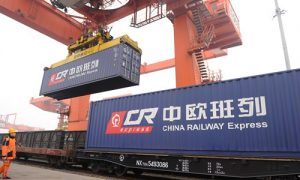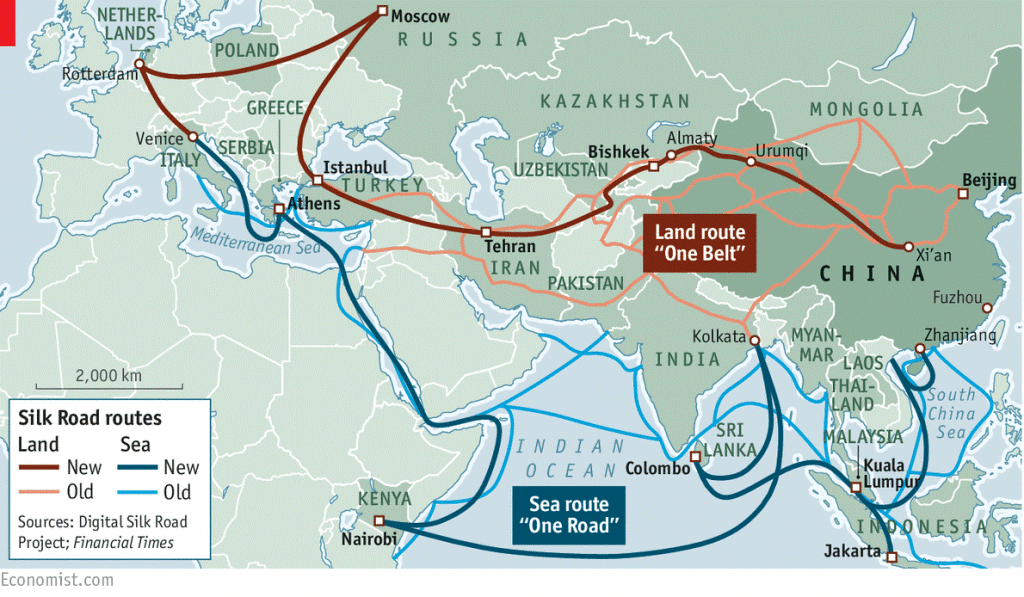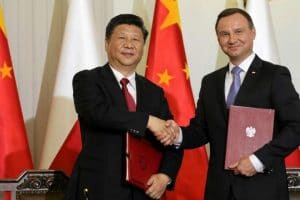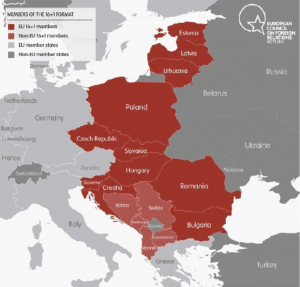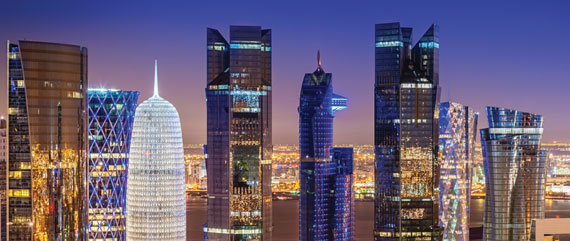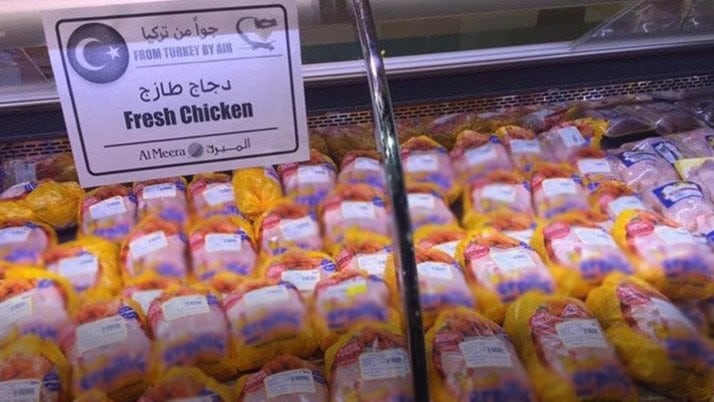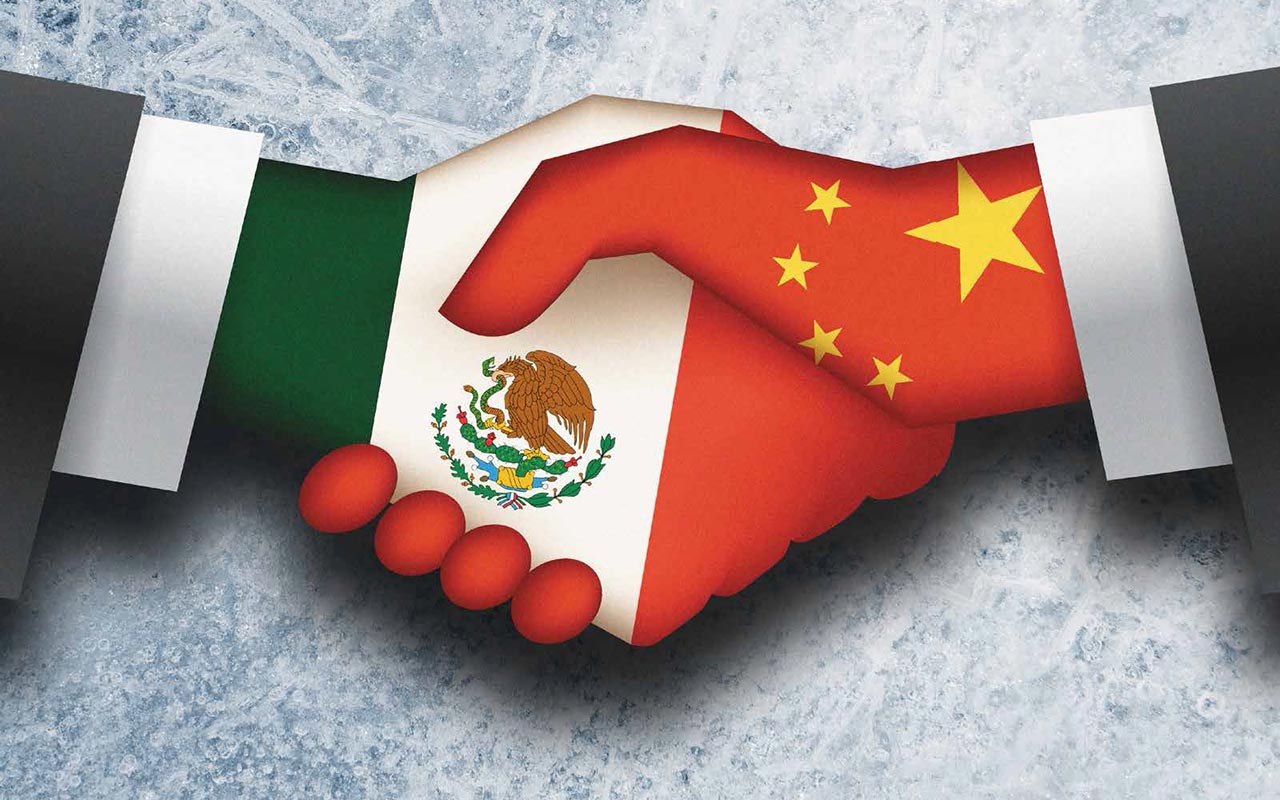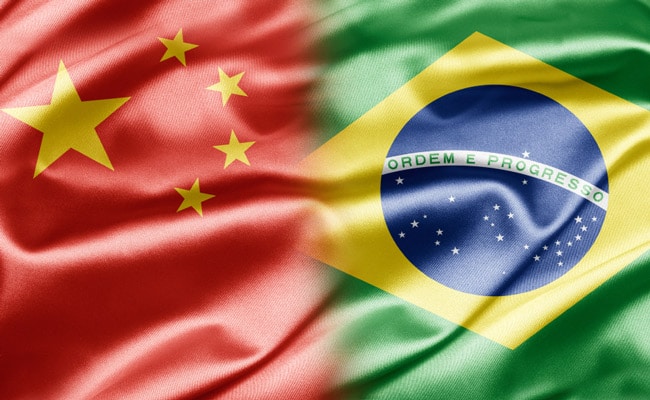Can China Meet Millennial Consumption Demands?
 Millennial Demands
Millennial Demands
Millennials. A term which has sent shudders down more than a few backs. They are known for being socially and environmentally conscious which affects what they buy and from whom. However, many companies are quick to brush off Millennials’ consumer habits, as something which will pass, thus putting off change and progression and in doing so only hastening their demise. What these companies have evidently not considered is that Millennials (in America) will soon surpass the previous largest generation becoming the largest sector of the market as a whole. According to the Pew Research Center by the year 2019, Millennials (in the United States) are expected to surpass Baby Boomers and become the largest part of the population in the America.

Photo credits: State Farm
Millennials major concerns are social and environmental justice and price of their goods. In the world today it has become very important for companies to offer products that are customizable, cheap, sustainable, and quick produce. This makes it crucial for companies to adjust and meet the new market demands.
One of the best ways to meet the shifting manufacturing demands is to use a relatively cheap but developed industrial base. A possible solution to this could be an increase in the outsourcing of manufacturing to China. This is beneficial to companies in a number of ways and solves many of the challenges caused by this consumer majority.
The Social Cost of Production
First, sourcing from China is an option which will fulfill the Millennial need for conscious consumerism. Millennials desire to buy goods from companies that are sustainable and fair. One of the major social demands that millennial consumers have is that workers are treated fair and paid a livable wage.
In the past decade, Chinese factory workers have experienced increases in their hourly wages. Currently, there are rising wages and improvements to conditions in Chinese factories. For example, according to CNBC, in 2017 Sri Lanka’s average hourly wages were just 50 cents (USD) to China’s $3.60 (USD). To compound this, it also means that China’s hourly wages are more than 5 times that of India, and that its wages are more on par with countries like Portugal and South Africa . Also, some factories have introduced counseling programs and extracurricular activities, both of which will improve the standard of living for their worker.
Environmental Concerns
Another area that Millennials place a lot of concern is a companies impact on the environment. Millennials wants businesses to be conscious of their carbon footprint and to work with a certain degree of corporate-social responsibility.
This creates a challenge. Certain companies like Nike, might have pro-environment policies and take efforts to protect the environment, but certain manufacturers that are being sourced might not. In 2011 Greenpeace did an investigation at one of the factories that supplies Nike. What Greenpeace found was that this factory was dumping hormone altering pollutants left over from various manufacturing products into the water. Despite the fact that Nike may not have been using this facet of the company (Nike claims it was not) this displeased Greenpeace and they called for Nike and many other fashion industry leaders to clean up their acts (literally). Due to even the threat of a boycott like in the 90s, Nike fairly quickly proposed a plan to be more environmentally friendly by the year 2020. That perfectly demonstrates the power that consumers now have over companies; and this strong willed attitude concerning ethical and environmental actions of the company is only likely to increase.

Therefore, it is more important than ever to comply with consumer demands lest one fall victim to the Millennial industry killing machine for a perfectly preventable reason. Not only that, but the government of China itself has been putting restrictions on pollution. According to The Diplomat, in 2017 China penalized over 30,000 companies and more than 5,700 officials, and plans to continue these biennial inspections as part of their dedication to their new stricter laws and regulations concerning the environment and its protection. Chinese President Xi Jinping can be quoted saying, “The damage that humanity does to nature will ultimately harm humanity itself – this is an unavoidable rule”. This really seems to illustrate China’s new dedication to environmental reform, something Millennials are, and will continue to be, pleased with.
Cost and Efficiency of Chinese Manufacturing
This leads to the second reason why China can serve as the factory for Millennials, cost and efficiency. Sourcing from China will help the company provide inexpensive goods that they can distribute quickly and efficiently. Speed and accuracy are crucial, as reports have shown that Millennials despise when an order comes late and/or is incorrect with about 40% of them having this issue. According to Supply Chain Dive, they dislike it so strongly that it is likely that they will abandon their shopping cart on a website and go elsewhere. When it comes to speed specifically, 69% of the total population surveyed for one particular study would choose to go elsewhere if their order was late. If one then takes into account that it is more important to Millennials that their order be at their door quickly than previous generations (it was a main concern for this segment of the population when it came to reasons for being displeased by a delivery), then it is assured that this is not something that one can afford to ignore going forward. Therefore, it is extremely important that when procuring and shipping one makes sure it happens as quickly as possible with the accurate products. Based on this it would be prudent to source from China, as products will be inexpensive to import even with the tariffs that have been put in place.

The challenges to delivering on demands by Millennial consumers is that certain demands are not always compatible with each other. For example, it is challenging for companies to meet strict regulations and also be able to provide the cheapest option for their products. One of the biggest challenges that Millennials and producers have to face is finding the balance between affordability and sustainability.
Millennials are and will continue to be a driving force in the economy for a long time. There is no point in burying one’s head in the sand and ignoring this fact. Therefore, now more than ever before it is imperative that companies listen to what this new generation of consumers wants. They want an ethical company – both environmentally and socially – as well as a company that can sell them an inexpensive product and efficiently get them their order. Finding the balance between these characteristics is centripetal to the future development of businesses and producers.

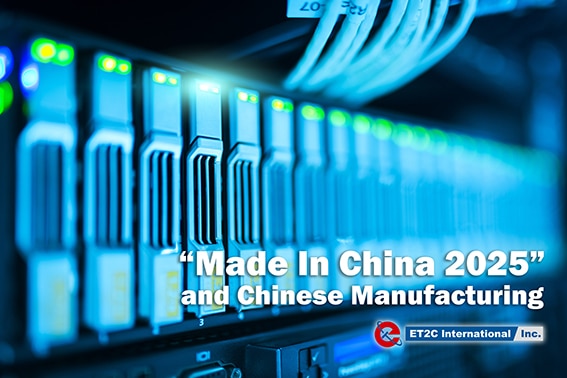
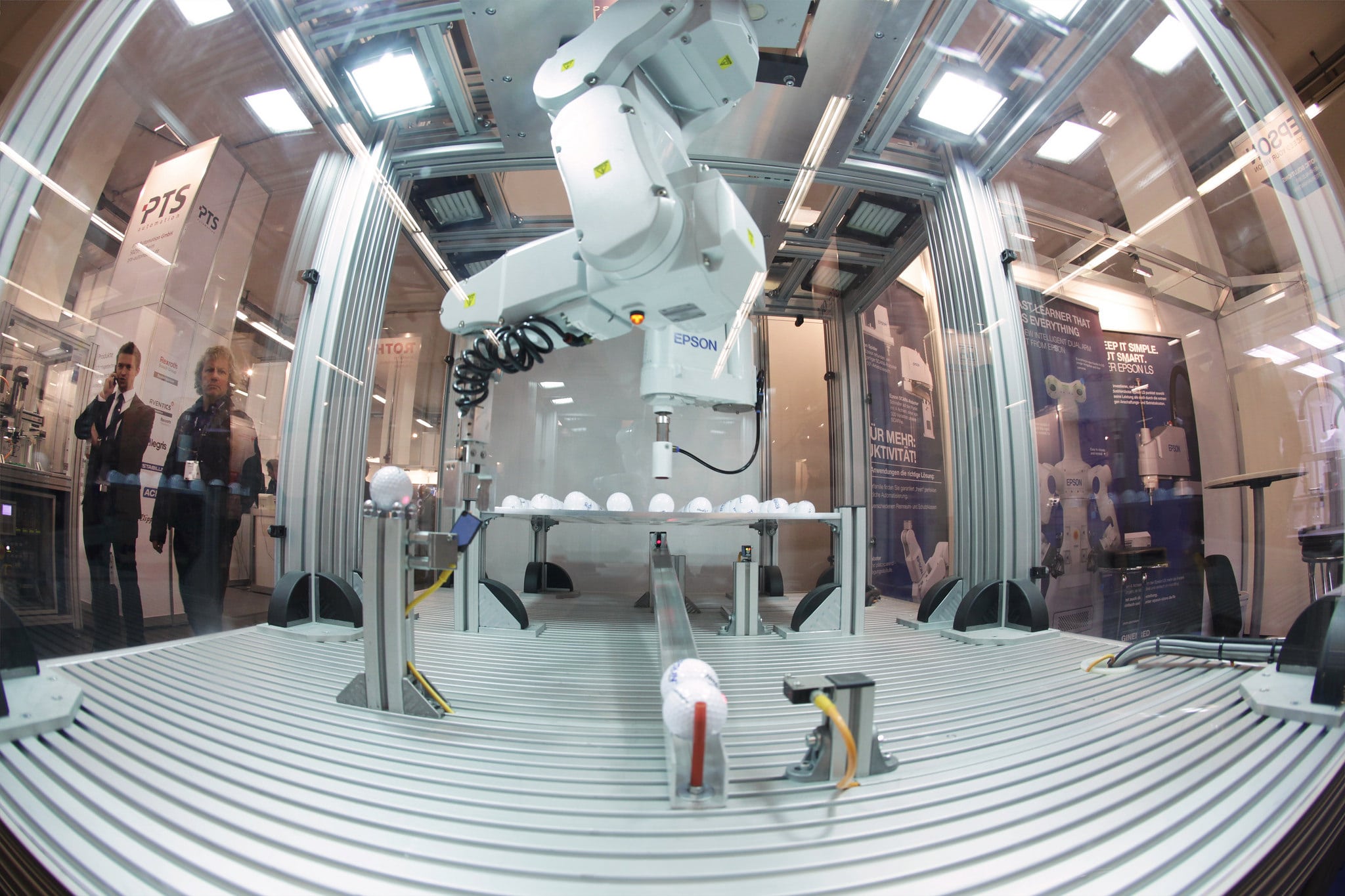
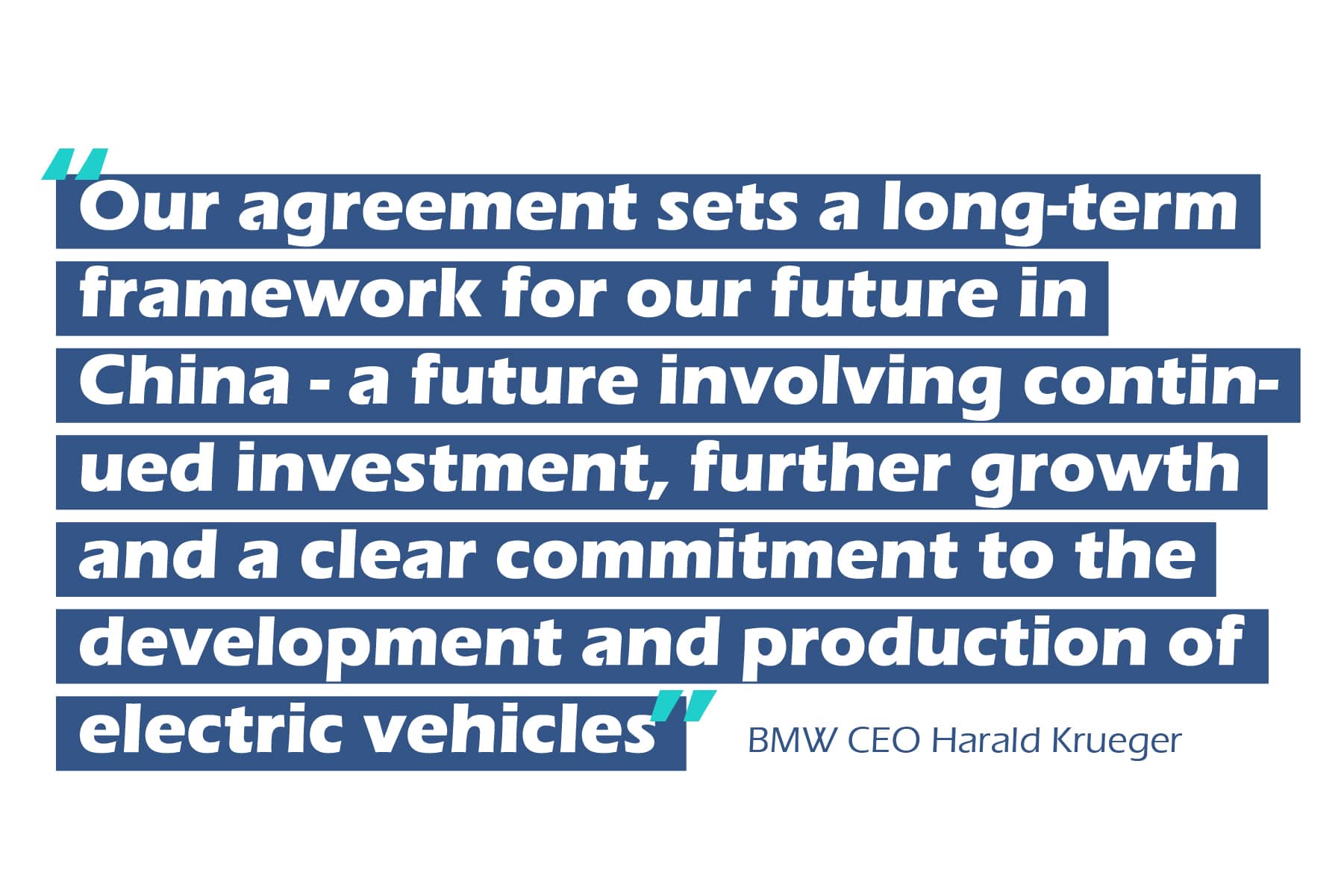 Robotics and new technologies
Robotics and new technologies